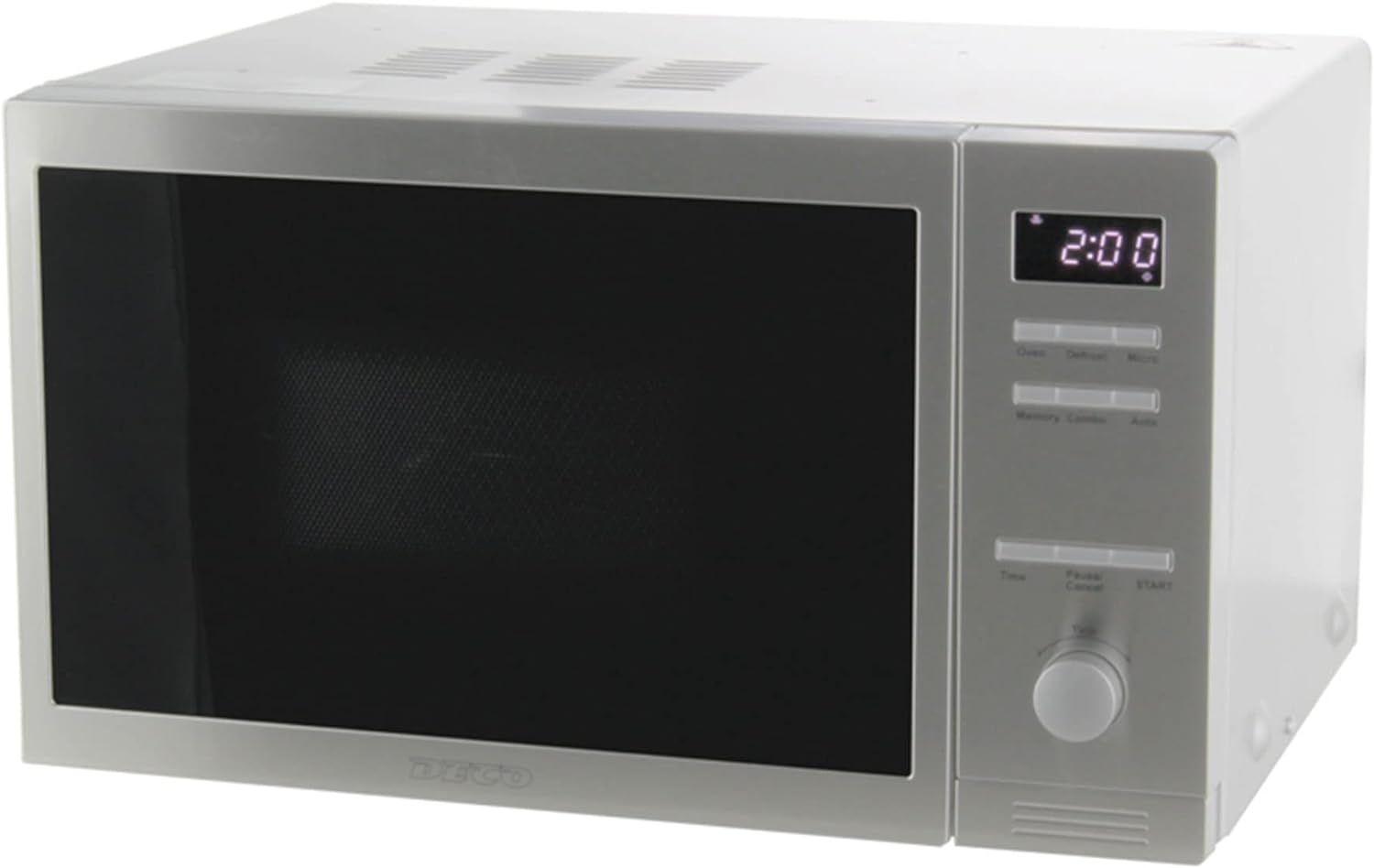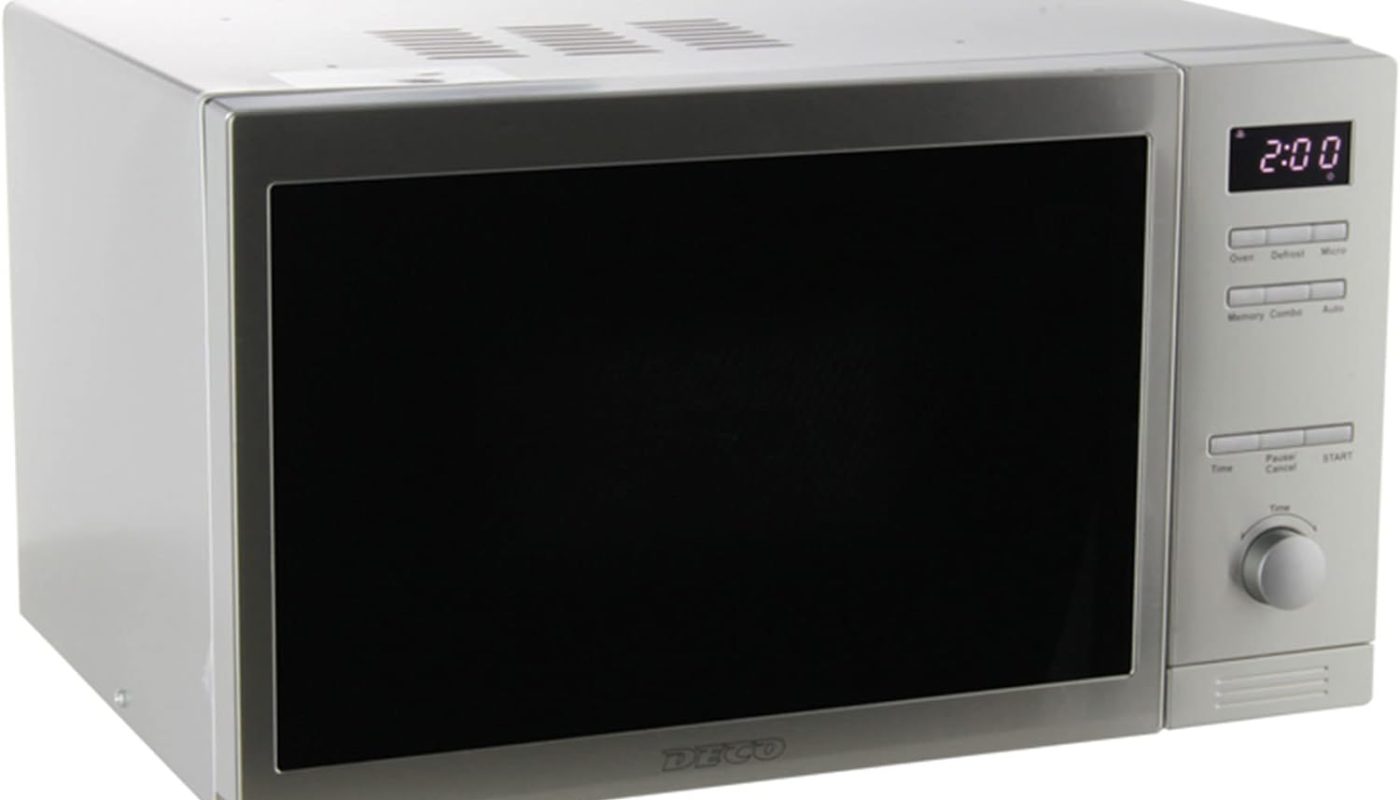Introduction:
Microwaves have revolutionized the way we cook and heat food, but there are often misconceptions about how they work. One common question is whether microwaves cook food from the inside out. In this article, we will explore the cooking process of microwaves and debunk this misconception. We will discuss how microwaves generate heat, the effects on food molecules, and the actual cooking process. By understanding how microwaves work, you can better utilize this kitchen appliance for efficient and convenient cooking.

Do microwaves cook from the inside out?
The Microwave Cooking Process:
To understand how microwaves cook food, it is important to grasp the basic principles of microwave technology. Microwaves use electromagnetic waves, known as microwaves, to heat food. These waves are absorbed by water, fat, and sugar molecules in the food, causing them to vibrate rapidly. The resulting friction generates heat, which spreads throughout the food, eventually cooking it.
Heating Effect on Food Molecules:
When microwaves pass through the food, they primarily interact with water molecules due to their polarity. The rapidly changing electric field of the microwaves causes water molecules to rotate, generating heat. However, microwaves can also interact with other molecules, such as fat and sugar, albeit to a lesser extent.
Uniform Heating:
Contrary to the misconception that microwaves cook food from the inside out, the actual cooking process is more complex. Microwaves penetrate the food and generate heat at the molecular level. The heat is then conducted from the areas where the microwaves are absorbed (usually the outer layers) to the inner parts of the food. This process results in uniform heating throughout the food, allowing for even cooking.
Penetration Depth:
The penetration depth of microwaves depends on the frequency and wavelength of the microwaves, as well as the composition and thickness of the food. Higher frequencies have shorter wavelengths, which means they have less penetration depth. Therefore, microwaves with lower frequencies can penetrate deeper into the food, ensuring more thorough and even cooking.
Cooking Time and Food Density:
The cooking time in a microwave is determined by various factors, including the density of the food. Foods with higher densities, such as meats and vegetables, take longer to cook because the microwaves need more time to penetrate and heat the interior of the food. On the other hand, foods with lower densities, such as liquids or bread, tend to cook more quickly as the microwaves can easily reach and heat the entire volume.
Stirring and Rotating Food:
To ensure even cooking, it is recommended to stir or rotate the food at regular intervals during the microwaving process. This helps distribute the heat evenly and prevent hot spots or cold spots in the food. Stirring or rotating the food also aids in breaking up any clumps or chunks, allowing for more efficient and uniform cooking.
Shielding and Covering:
Microwaves can be shielded or absorbed by certain materials, causing uneven heating or potential damage to the microwave. Metal objects should never be placed inside a microwave, as they can reflect or create arcing of the microwaves, leading to sparks or fire hazards. It is also important to use microwave-safe containers or covers that allow steam to escape but prevent excessive moisture loss during cooking.
Importance of Resting Time:
After microwaving, it is recommended to let the food rest for a short period. This resting time allows for further heat distribution and equalization within the food. It is particularly important for dense foods where the heat takes longer to spread to the center. Resting time ensures that the food continues to cook evenly even after it is removed from the microwave.
Conclusion:
Microwaves do not cook food from the inside out, contrary to popular belief. The cooking process involves the absorption of microwaves by water molecules, resulting in rapid molecular vibration and heat generation. This heat then spreads throughout the food, ultimately cooking it. Microwaves achieve uniform heating by conducting heat from the outer layers of the food to the inner parts. The cooking time and penetration depth depend on factors such as food density and microwave frequency. Stirring, rotating, and using appropriate containers are important for even cooking. By understanding the actual cooking process of microwaves, you can utilize this kitchen appliance effectively and enjoy convenient and efficient cooking results.




